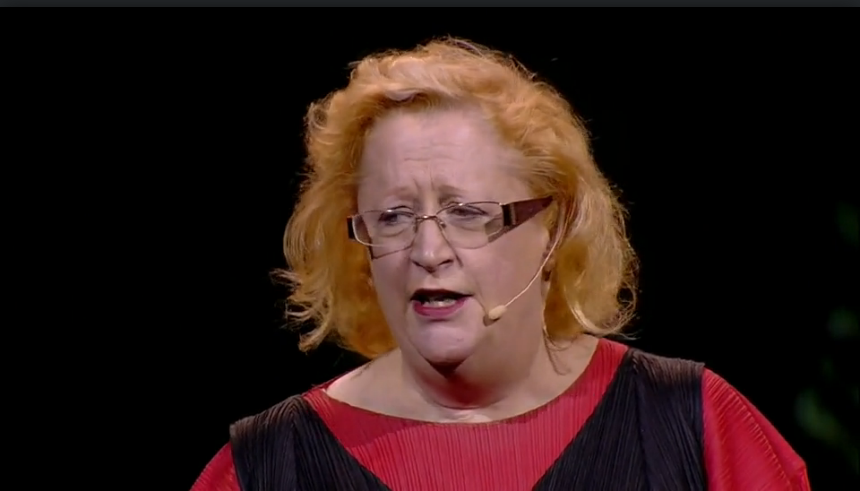In Oxford in the 1950s, there was a fantastic doctor, who was very unusual, named Alice Stewart.
在20世纪50年代的牛津,有一位相当优秀而又极不寻常的医生,她叫Alice Stewart Alice。
And Alice was unusual partly because, of course, she was a woman, which was pretty rare in the 1950s.
她很不寻常,因为她是个女医生,这在20世纪50年代很罕见。
And she was brilliant, she was one of the, at the time, the youngest Fellow to be elected to the Royal College of Physicians.
她非常厉害,是当时“皇家医师学院”最年轻的学员之一。
She was unusual too because she continued to work after she got married, after she had kids,
她很不寻常还因为在她结婚生子后,还继续工作,
and even after she got divorced and was a single rent, she continued her medical work.
甚至在她离婚成为单亲妈妈之后,她仍在继续着她的医学工作。
And she was unusual because she was really interested in a new science,
她很不寻常还因为她对一门新的科学感兴趣,
the emerging field of epidemiology, the study of patterns in disease.
当时新出现的流行病学,对于疾病规律的研究。

But like every scientist, she appreciated that to make her mark,
但跟每个科学家一样,她知道为了出众,
what she needed to do was find a hard problem and solve it.
她需要寻找到难题,然后解决它。
The hard problem that Alice chose was the rising incidence of childhood cancers.
Alice当时选择的难题是童年期癌症发生率的上升。
Most disease is correlated with poverty,
大多数疾病都跟贫穷有关,
but in the case of childhood cancers, the children who were dying seemed mostly to come from affluent families.
不过在童年期癌症的问题上,这些垂死的孩子似乎大多数都来自富裕家庭。
So, what, she wanted to know, could explain this anomaly?
于是她想知道,怎样才能解释这样一种特殊的现象呢?












